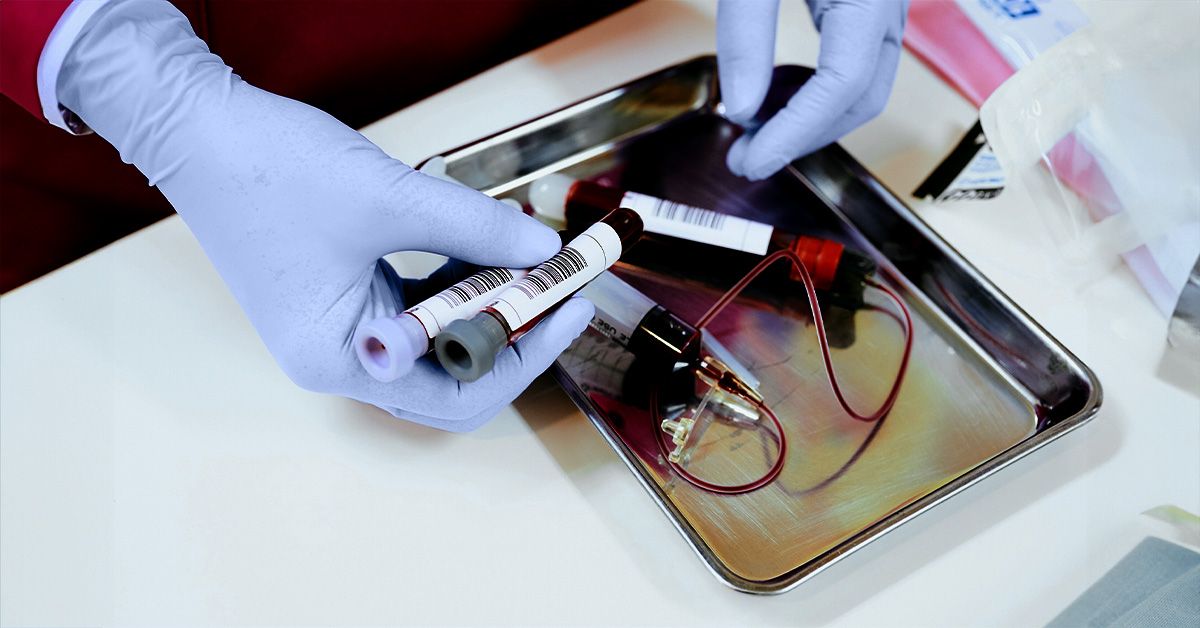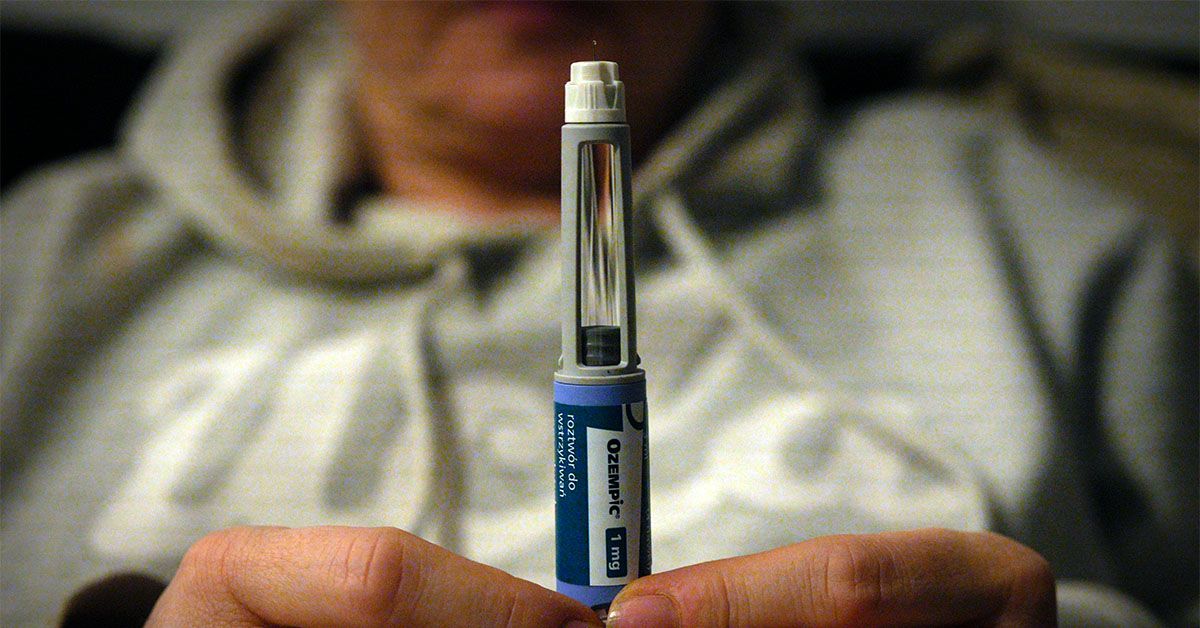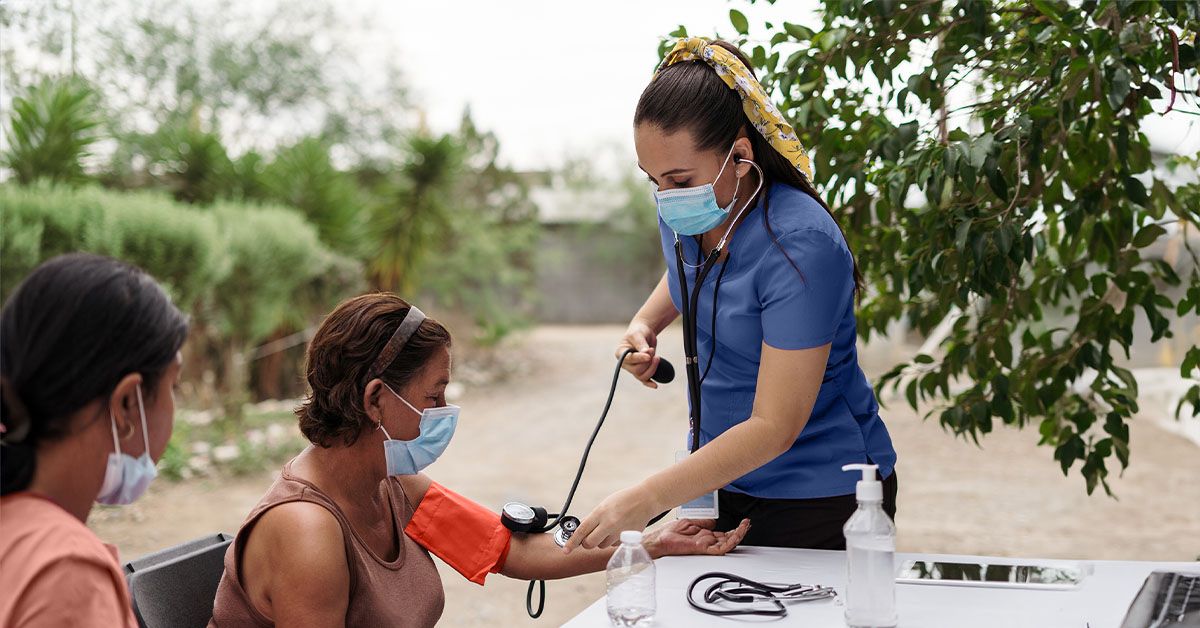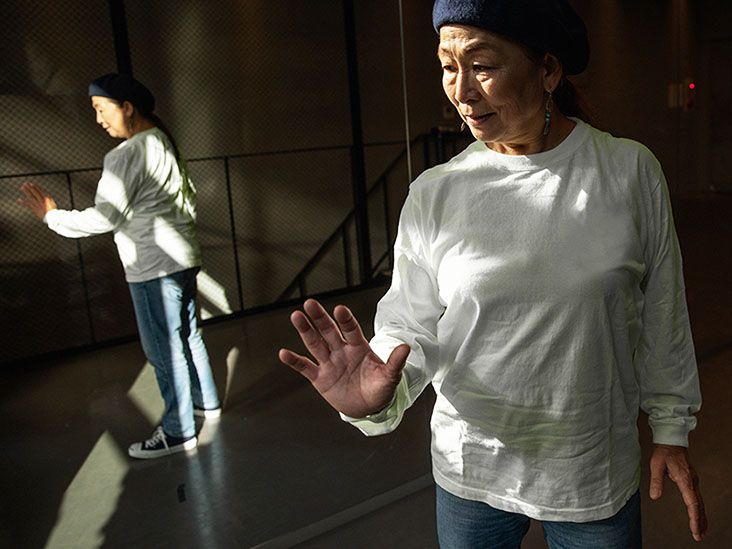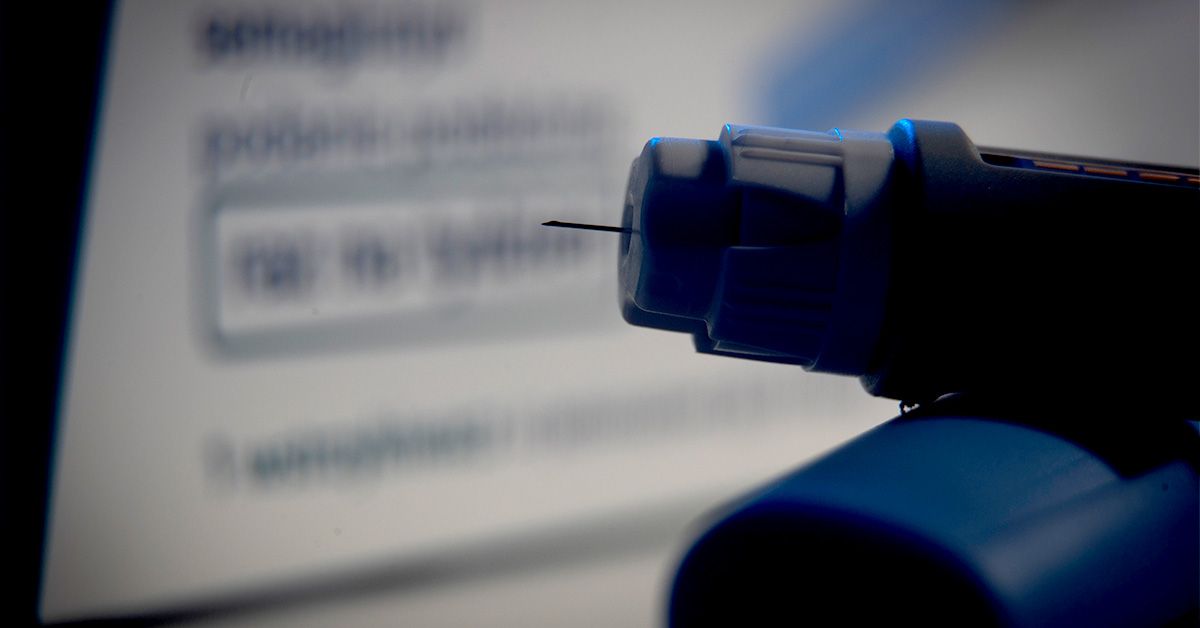- Anticoagulants are a helpful group of medications that help decrease the risk of blood clots. However, they also carry a certain level of risk for severe bleeding.
- Emerging research from a recent study demonstrates the development of an effective anticoagulant with on-demand reversibility.
- This research shows great promise in helping with the safe use of anticoagulant medications. It also demonstrates a drug formation and reversal concept that could be applied to other areas.
Some medications have potent effects that offer immense benefits and also carry immense risks. In some scenarios, doctors need to be able to reverse the effects of medication quickly, such as when someone receives too much of the medication.
Anticoagulants, or blood thinners, are one medication type for which researchers are interested in creating effective and fast-acting antidotes. This could allow for reversing their effects when there is a chance for severe bleeding.
A study recently published in
This supramolecular anticoagulant combines two drug fragments with the transient hybridization of peptide nucleic acid. The anticoagulant’s action can then be reversed by using a peptide nucleic acid antidote.
Researchers effectively demonstrated this process using mouse models. The results point to a safer use of anticoagulants and even of other medications in the future.
Anticoagulants help decrease someone’s chances of getting blood clots. Blood clots can be dangerous and can lead to someone having a stroke or a heart attack. A few common examples of anticoagulants include warfarin and heparin.
Majid Basit, MD, a cardiologist at Memorial Hermann, not involved in the current study, explained to Medical News Today: “Anticoagulants are blood thinners that doctors prescribe in certain patients. Diseases such as atrial fibrillation, which is an irregular heart rhythm, blood clots in various parts of the body, and artificial heart valves all require the blood to be thinned in order to prevent future events like stroke, or extension of the existing blood clots.”
The use of anticoagulants carries the risk of bleeding, which can also become a problem. There are some
As noted by the authors of the current study, these reversal agent options can be expensive, and some options for these antidotes are nonspecific. Thus, researchers are interested in finding more precise ways to reverse the effects of anticoagulants.
Adi Iyer, MD, neurosurgeon, and interventional neuroradiologist at Pacific Neuroscience Institute at Providence Saint John’s Health Center in Santa Monica, CA, not involved in the study, also explained that:
“While they may prevent blood clots from forming, anticoagulants can exacerbate any bleeding events that occur, even from minor trauma. When patients on the currently available anticoagulants do have bleeding events, reversal agents are only moderately effective and have a delayed course of action. Elective surgical procedures are often delayed many days for patients on anticoagulants, until the effects of the medications have completely worn off.”
The researchers of the current study were able to test a concept of drug formation and reversal, specifically focusing their efforts on thrombin-inhibiting anticoagulants.
They created an anticoagulant with unique properties. The idea focuses on using two drug fragments that combine via transient hybridization of peptide nucleic acid and that then act on two distinct sites.
Researchers explored several options for their drug fragment combination and selected one to use in their next testing phase. They were able to test the effectiveness of the anticoagulant.
One method they applied was using human and mouse plasma samples and measuring how long it took for clots to form. They also ran tests using mice to measure clotting times and to see what happened in the clotting process after mice experienced a needle injury.
Based on their tests, they found that the anticoagulant was effective.
Now that they knew it worked, they had to test whether their antidote worked. Theoretically, the antidote would disrupt the supramolecular interaction that links the two drug fragments. They found the antidote was also effective and acted very quickly.
Basit explained the study’s results this way:
“The research study discussed the creation of a blood thinner, made up of two molecules connected by another molecule in the middle. This middle molecule can be turned on and turned off at will using a type of antidote. When the antidote is injected, the middle molecule no longer works, and therefore the blood-thinning effect is quickly and efficiently reversed.”
Cheng-Han Chen, MD, board-certified interventional cardiologist and medical director of the Structural Heart Program at MemorialCare Saddleback Medical Center in Laguna Hills, CA, also not involved in the research, commented with his thoughts on the findings.
“This study reports on a novel molecular mechanism for inhibiting the activity of thrombin, a molecule essential for blood coagulation, along with an associated specific ‘antidote’ to reverse the anticoagulant effects. These findings may indeed lead to safer anticoagulants but will require much more study before they can be translated into clinical use,” he told MNT.
This research was conducted in male mice, so future testing is needed before it can be applied to human practice. Researchers can also explore how the idea could apply to other drugs besides anticoagulants.
Regardless, the results could be beneficial if future research continues to confirm the findings.
Chen noted that “[a] novel anticoagulant with a specific and rapid acting antidote could potentially be clinically useful in many scenarios where we currently use blood thinners, such as to prevent blood clots, and during surgery.”
“The potential implications of the study include a change in the way certain drugs are created. Every high-risk drug may be able to have a potent reversal agent. This would allow doctors to prescribe these drugs to many more patients, knowing that a fast-acting reversal agent is available,” Basit also said.




